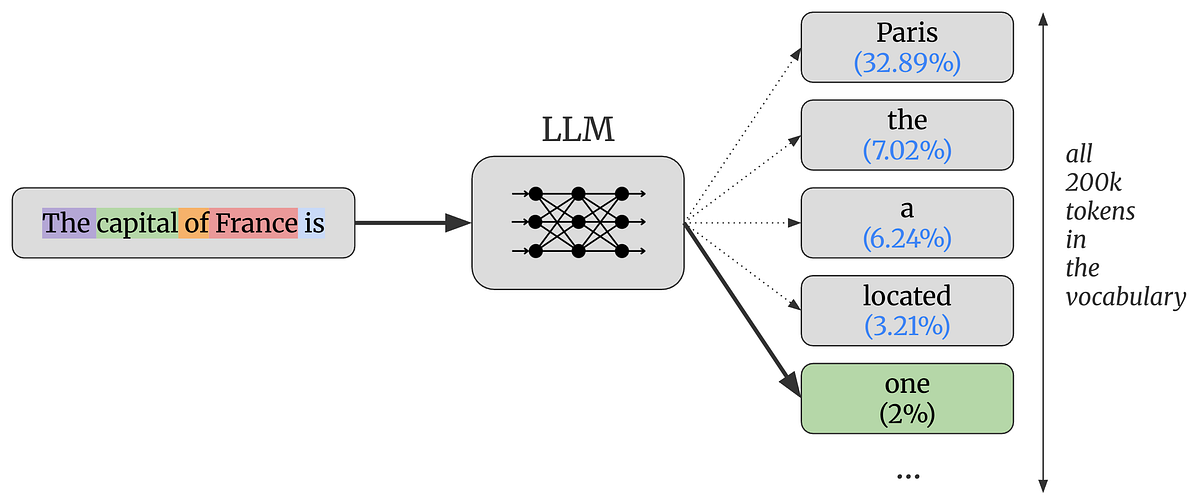
MythBusting Large Language Models
Large Language Models (LLMs) are remarkable tools with major limitations. In the two years since ChatGPT made them famous, their use has spread to search engines, coding assistants, document editors, even WhatsApp.
Unfortunately, as their use has spread, clarity about how they work has not. Over the past two years as tech lead of the Guardian’s fledgling Newsroom AI team, I’ve learned a lot about LLMs. But I’ve also noticed that the applications built on top of them conceal what’s really going on, leading to widespread misunderstanding.
In this piece, I want to cut through the confusion by busting five LLM myths: misconceptions that naturally arise when using applications built on LLMs. Through this, we’ll learn about how LLMs really work and how they are made.
When we talk to an LLM-powered chatbot, it looks like we’re interacting with something that can hold the thread of a conversation, understand whose turn it is to speak, keep track of its own thoughts independently of those of its conversational partner, and so on.











